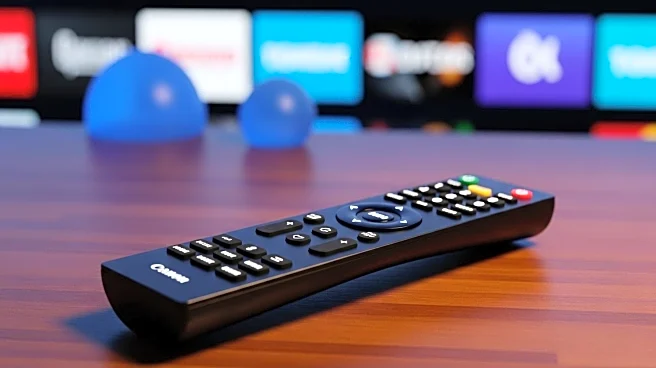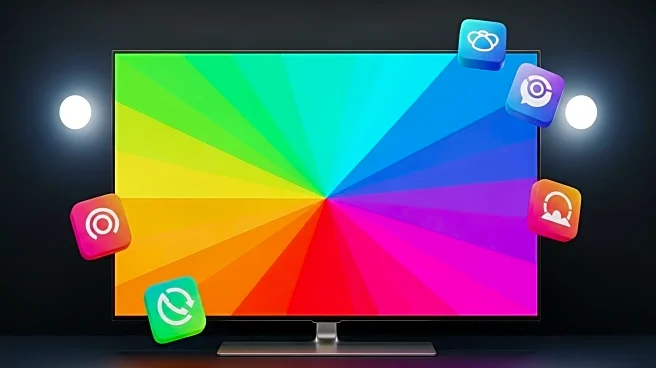What's Happening?
Spectrum and DirecTV are implementing new strategies to retain customers amid the growing trend of cord-cutting. Spectrum has introduced an app store that allows its 31 million subscribers to access streaming platforms like Disney+, Hulu, AMC+, and ESPN
alongside traditional broadcast and cable channels. This move follows a carriage dispute with Disney, which led to a temporary blackout of programming. DirecTV is offering smaller, genre-specific channel packages aimed at reducing costs for consumers who prefer not to pay for extensive bundles. These packages cater to specific interests such as news, sports, and entertainment. Both companies are also enhancing their services with features like voice-controlled remotes and personalized viewing experiences, including AI-driven custom highlight shows for sports fans.
Why It's Important?
The initiatives by Spectrum and DirecTV reflect the shifting dynamics in the media industry as traditional pay TV providers adapt to the rise of streaming services. By integrating streaming apps and offering more flexible packages, these companies aim to retain existing customers and attract younger audiences who have largely bypassed traditional TV subscriptions. This approach could mitigate subscriber losses and stabilize revenue streams, which have been threatened by the increasing popularity of direct-to-consumer streaming services. The success of these strategies could influence other pay TV providers to adopt similar measures, potentially reshaping the landscape of television consumption in the U.S.
What's Next?
Spectrum and DirecTV are likely to continue refining their offerings to enhance customer satisfaction and compete with streaming services. Spectrum's partnership with Disney and the introduction of immersive viewing experiences, such as courtside views of Lakers games, suggest ongoing efforts to innovate and provide unique value to subscribers. As programming costs and sports rights fees continue to rise, pay TV companies may face further negotiations with content providers to secure favorable terms. The industry will be watching closely to see if these strategies effectively curb the trend of cord-cutting and maintain subscriber numbers.
Beyond the Headlines
The integration of streaming services into traditional pay TV packages raises questions about the future of media consumption and the role of cable providers. As consumers demand more flexibility and choice, the industry may see a shift towards hybrid models that combine elements of both streaming and traditional TV. This could lead to new business models and partnerships between content creators and distributors, potentially altering the competitive landscape. Additionally, the use of AI and personalized content could set new standards for viewer engagement and satisfaction.













